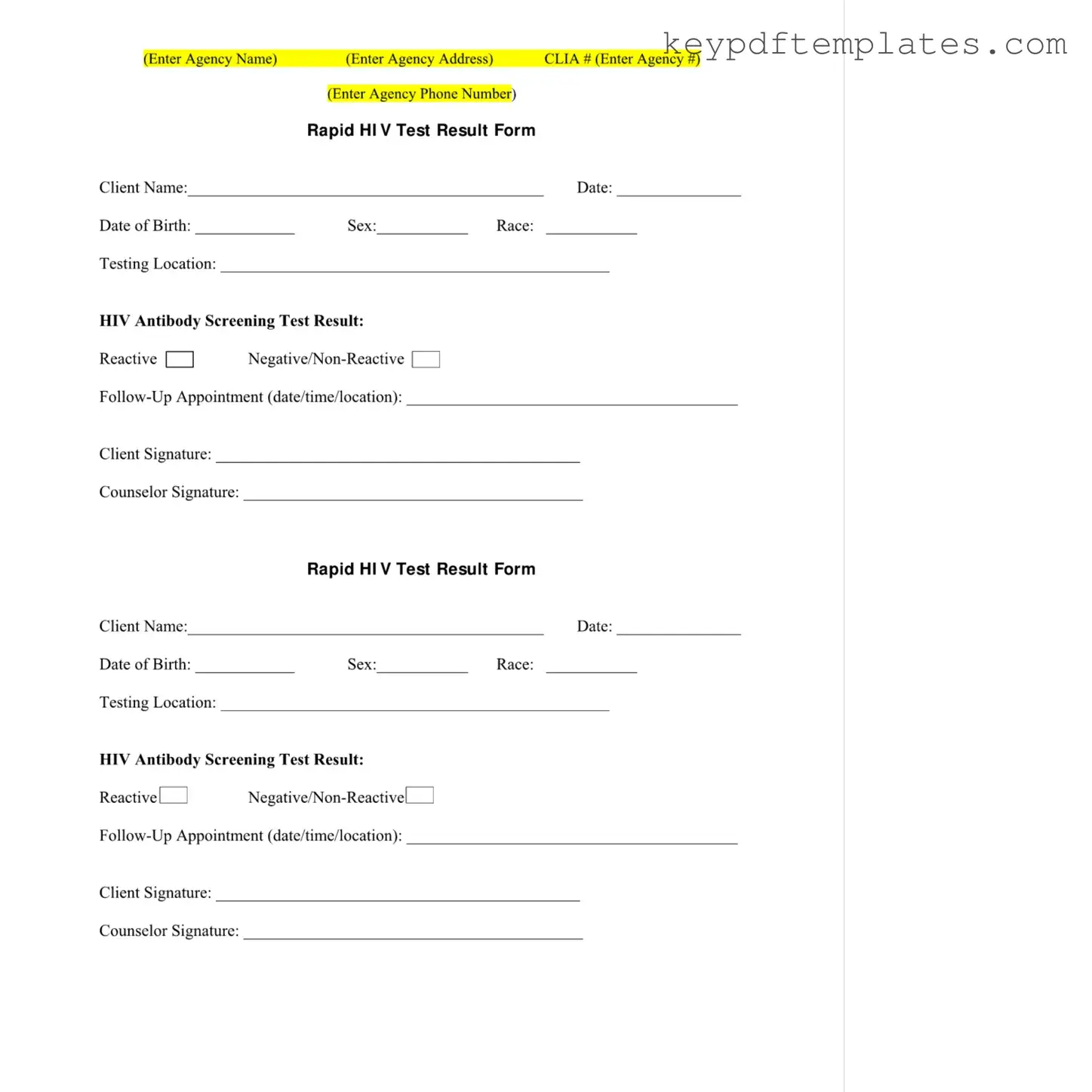- Misconception 1: A negative HIV test means you are completely free of HIV.
While a negative result is a good sign, it does not guarantee that you are free from HIV. If you were recently exposed to the virus, it may not show up on the test yet. This is known as the "window period."
- Misconception 2: You can only get tested for HIV if you have symptoms.
Many people mistakenly believe that testing is only necessary if they exhibit symptoms. In reality, many individuals with HIV may not show symptoms for years. Regular testing is crucial for everyone, especially those at higher risk.
- Misconception 3: A negative test result means you don’t need to worry about HIV anymore.
A negative result is not a permanent shield against HIV. If you engage in high-risk behaviors, such as unprotected sex or sharing needles, you can still become infected. Regular testing is essential for ongoing health.
- Misconception 4: All HIV tests are the same.
Different types of tests are available, including rapid tests, antibody tests, and combination tests. Each has its own accuracy rates and window periods. Understanding the type of test you receive is important for interpreting the results.
- Misconception 5: If the test is negative, there is no need for follow-up.
Follow-up appointments can be crucial, especially if you are at risk or if the test was taken during the window period. Consulting with a healthcare provider ensures you receive appropriate care and advice.
- Misconception 6: HIV tests are invasive and painful.
Many HIV tests are quick and minimally invasive. For example, rapid tests often use a simple finger prick or oral swab. The process is designed to be as comfortable as possible.
- Misconception 7: A negative test result means you cannot transmit HIV.
Even if your test result is negative, it does not mean you cannot transmit the virus if you become infected in the future. Understanding safe practices is essential for preventing transmission.
- Misconception 8: You only need to get tested once.
One test does not provide lifetime immunity. If you continue to engage in high-risk activities, regular testing is necessary to monitor your status and ensure your health.
- Misconception 9: You can trust the test results without confirmation.
Even if a test shows a negative result, it is important to consult with a healthcare professional for confirmation and further guidance. This is especially true for reactive results, which always require follow-up testing.
